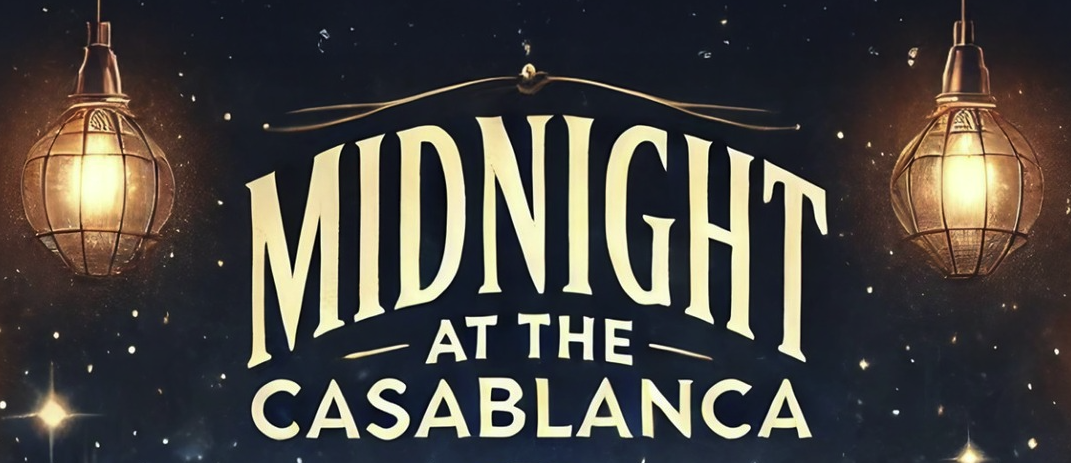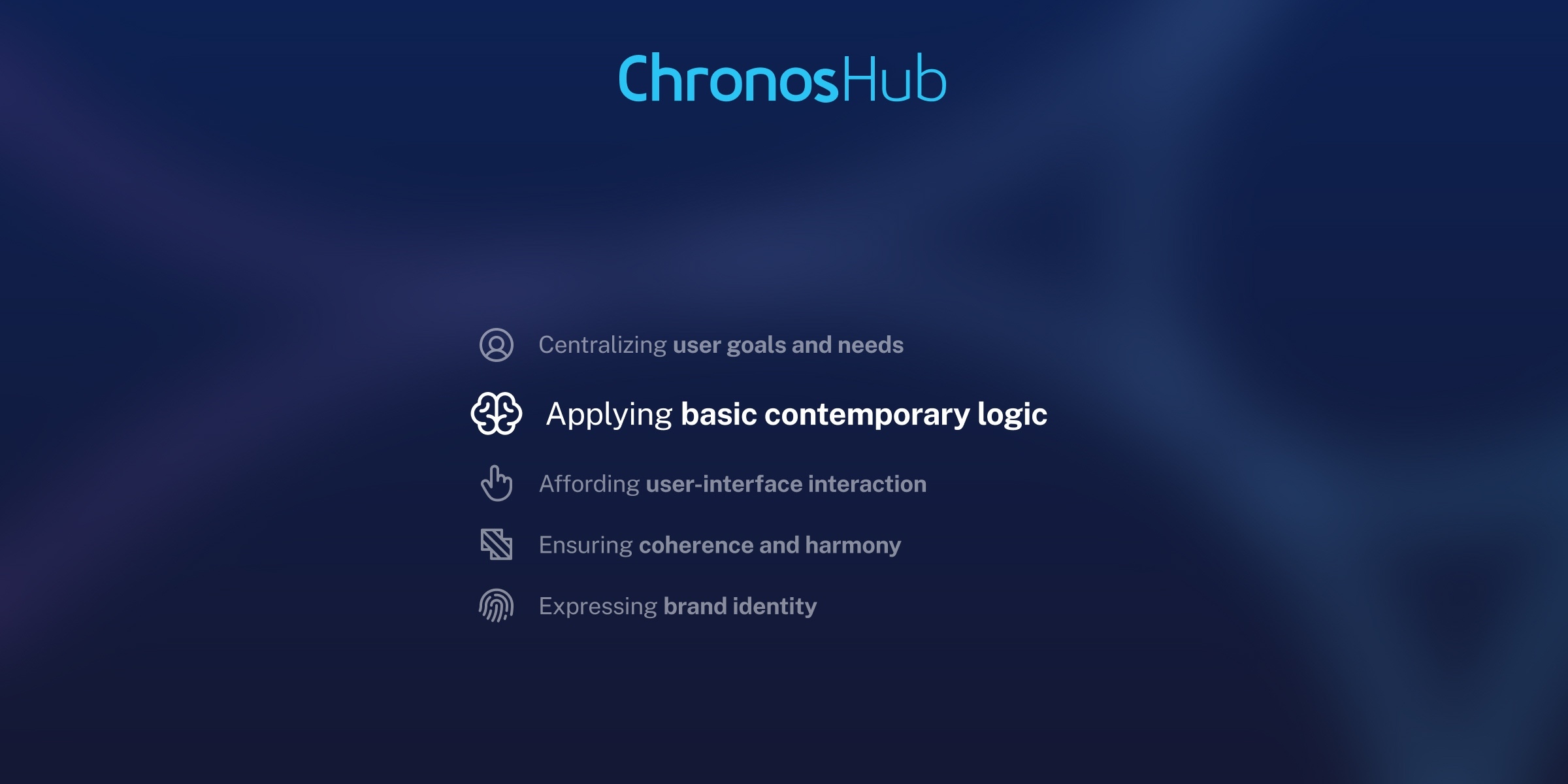How Does Open Access Fit with Funder Requirements?


To support the transition toward a more “open” future for the research community, many research funders have developed requirements to ensure that research publications made with acknowledgment of their funding are made freely accessible through Open Access.
But understanding the different requirements and the specific terms of a grant is certainly no cakewalk. To make sure that you, as a researcher, avoid the risk of running straight into a dead-end street as a result of compliance issues and eligibility confusion, our third session in our researcher-centric webinar series centered on funder requirements. Publisher Relations & Business Development Manager, Romy Beard and Customer Care Specialist, Laura Davidson, took the lead in the webinar, guiding us through the most typical requirements from funders and some of the common issues that authors may encounter.
The Funder Role
What role does the funder play in the context of research? The essential question. They issue grants, they pay money to cover research projects and the different aspects of it, Romy Beard underlined. This includes, for instance, salaries, supplies, research equipment, travel expenses, as well as charges that are involved with the research actually getting published – and, in the context of Open Access, the charge referred to is the ‘article processing charge’, or APC.
One of the prominent issues with publicly funded money in OA publishing is that funders pay quite a large chunk of money to researchers, but still, a lot of research is not being published OA which means that funded money is still contributing to the research being locked up. That’s an issue because a lot of funders want research to be openly available so everyone can benefit from it and not be locked behind a paywall. So, in 2018, cOAlition S was formed – a group of funders that began developing and agreeing on the next steps to help move the OA transition along a bit faster and drive the perspective that research should be published OA or archived straight away.
Understanding the Basics
Before moving on to the main part of the session, being the two practical funder examples, some aspects needed clarification. An important aspect to bear in mind when looking at different funder policies is the versions of articles, Romy Beard explained. Three versions come into play – the submitted version which is the one the author has submitted to the publisher, the author accepted manuscript (AAM) which is the version as it has been accepted, and the version of record (VoR) being the final published version. There are also a number of different roles that the researcher might come across when publishing, Laura Davidson underlined. The Principal Investigator (PI) is responsible for the research grant and is likely also the primary grantee holder. The grantee is the person who has applied for the grant and successfully received research funding. Finally, there’s the Grant ID/Project ID which refers to the ID number that the funder gives a grant which also links to the researcher/grantee.
Sample Policies
Naturally, funder policies are subject to the individual funder – depending on the OA policy in question, the requirements can be quite different, for instance, in terms of what the funder agrees to pay for. That said, what can one OA funder policy look like?
The Luxembourg National Research Fund (FNR) was used as an example. Essentially, all research published as a result of FNR-funded research must be published OA. To this, there are two ways for the author to meet the OA requirements, Laura Davidson explained. The first route is by depositing the publication in an online repository which is the green route, immediately or after the publisher’s embargo period ends. The second route, instead, is to make the article available OA immediately by publishing in a hybrid or gold journal. All articles published via this route must have a CC BY license. It’s important to remember that even though a researcher’s published article isn’t funded by FNR, the author still needs to be sure that it has a CC BY license if it’s published in a gold or a hybrid journal. To publish in one of those journals, it’s likely that the author will have to pay an APC – as an author, you can apply for money to fund this, according to a set of criteria.
So, in terms of APC funding, FNR will pay towards the two models: gold and hybrid journals, as said. They have a maximum APC funding of 2,500 Euros for gold journals and 1,500 Euros for hybrid journals. The article must be published immediately OA with no embargo, the author must acknowledge FNR in the grant number, and the grant must be given after January 1, 2017.
To keep it short, The Swiss National Science Foundation (SNSF) has quite a similar OA policy. However, while the SNSF also allow OA to be achieved via gold or hybrid routes, they have a delayed green route where it’s required that the embargo period is no more than six months for articles, and twelve months for books and chapters. Unlike FNR, they only pay for APCs for gold journals that are in the DOAJ and while there’s a maximum APC funding limit, amounts that exceed the number can be assessed on a case-by-case basis.
Based on this, our two hosts also addressed some of the most common issues inspired by questions received from the Customer Care Team at ChronosHub. One of these concerns is simply “Why won’t my funder cover the APC?” – an understandably frustrating situation that can originate from multiple reasons.
It differs from funder to funder, Laura Davidson underlined. But the most common reasons can be, for instance, that the wrong license has been applied, the journal type isn’t eligible for payment by the funder, the article is compliant with the OA policy, but the APC can’t be paid for, there are additional charges on the invoice that aren’t covered by the APC, and the embargo period is longer than what the funder requires.
Surely, there’s a lot to keep track of as an author when facing a funder. With all of these rules, it’s worth reaching out to administrators at universities to help a researcher navigate and manage this and to check with publishers in terms of additional charges, Romy Beard added.
This was just a snippet of our session on funder requirements – if you want to get the full scope of funder requirements in the context of OA publishing, understand the specifics and details, and learn how to go about these rules in a practical context, we encourage you to have a look at the webinar in full below!
Share this post





